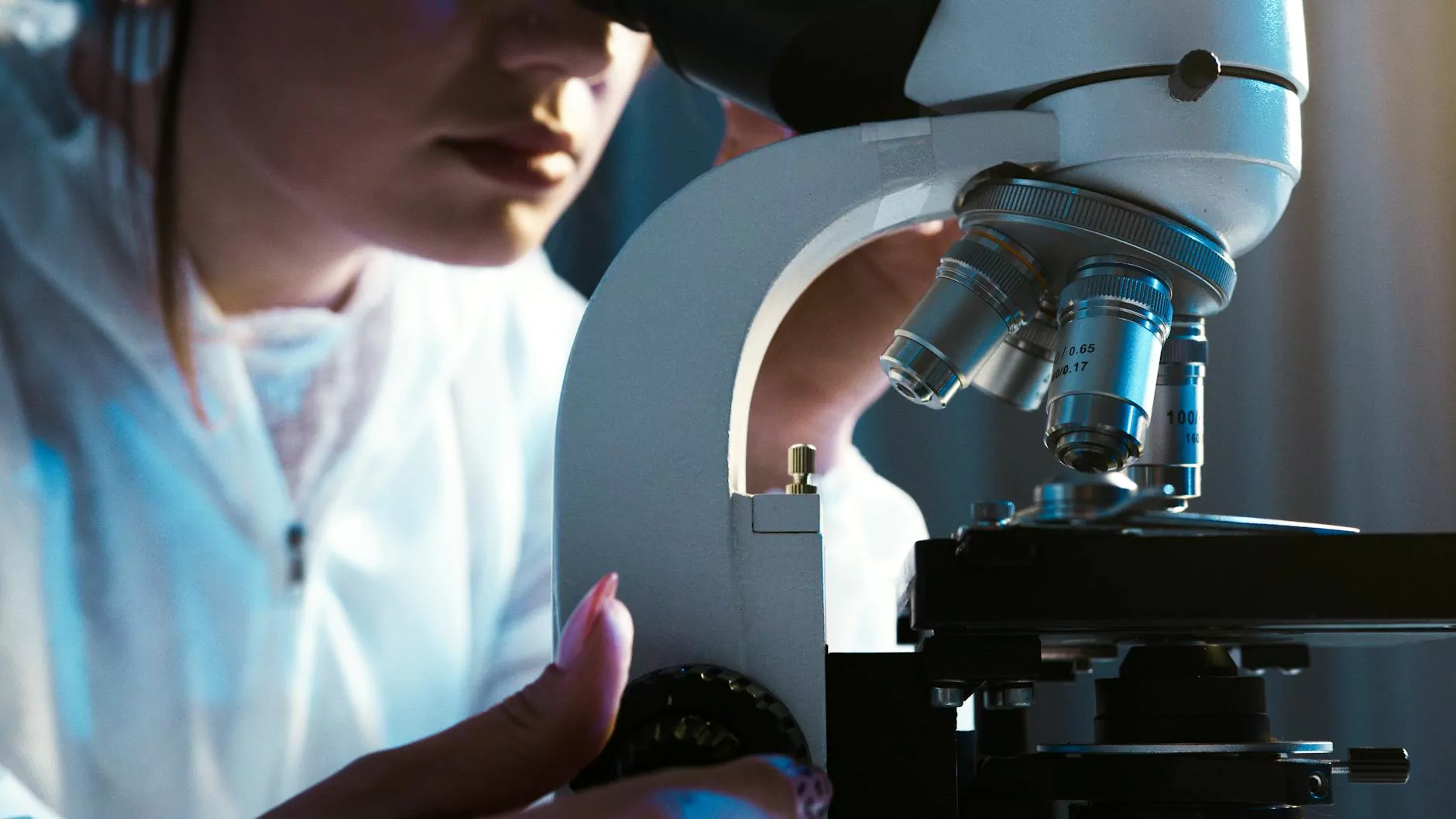The Ultimate Guide to the 4 Stages of Frozen Shoulder: Causes, Symptoms, & Treatment

Frozen shoulder, also known as adhesive capsulitis, is a common condition that can significantly impair daily activities and diminish quality of life. Understanding the 4 stages of frozen shoulder is crucial for early diagnosis and effective management. This extensive guide provides an in-depth overview of each stage, causes, symptoms, diagnostic procedures, and the most effective treatment options to restore shoulder health and function.
Understanding Frozen Shoulder: What Is It?
Frozen shoulder is a condition characterized by stiffness, pain, and limited range of motion in the shoulder joint. It typically develops gradually, progresses through distinct phases, and may resolve with appropriate intervention. The condition affects a wide age range but is most common in middle-aged adults, especially those with diabetes or ages 40-60.
The Significance of Recognizing the 4 Stages of Frozen Shoulder
Knowing these stages allows healthcare providers and patients to anticipate the progression, identify symptoms early, and tailor treatment strategies effectively. Each stage has unique characteristics and treatment considerations, which are vital for full recovery.
Stage 1: The Freezing Phase – Initial Onset of Frozen Shoulder
Duration and Overview
This first stage typically lasts from 6 weeks to 9 months and is marked by the beginning of shoulder pain and stiffness. The primary focus during this phase is on managing pain and preventing further deterioration of shoulder mobility.
Causes and Trigger Factors
- Injury or trauma to the shoulder, leading to inflammation.
- Prolonged immobilization following surgery or injury.
- Chronic health conditions such as diabetes, thyroid disorders, or cardiovascular diseases.
- Inflammatory conditions affecting shoulder structures.
Symptoms and Signs
- Pain that worsens with movement or at night, often deep and aching.
- Increasing stiffness, making it difficult to lift the arm or perform routine tasks.
- Limited range of motion beginning to decline.
- The pain may radiate down the arm but typically stays localized around the shoulder joint.
Diagnosis and Clinical Evaluation
Diagnosis generally involves a comprehensive medical history and physical examination, testing shoulder movement in various directions. Imaging techniques like X-rays or MRI scans help rule out other shoulder pathologies but are typically not diagnostic for frozen shoulder itself.
Stage 2: The Frozen Phase – Peak Stiffness and Pain
Duration and Overview
This pivotal phase can last from 4 to 12 months, during which the hallmark features of the condition become more apparent. The shoulder appears "frozen," signifying maximum stiffness with variable pain levels.
Pathophysiology and Underlying Changes
During the frozen stage, the capsule of the shoulder joint thickens and tightens due to inflammation and fibrosis. These changes lead to restricted mobility and persistent discomfort, often significantly limiting activities of daily living.
Symptoms and Clinical Features
- Severe stiffness with significant reduction in active and passive shoulder movements.
- Pain may diminish compared to the freezing stage but can persist during movement or at night.
- Difficulty performing overhead tasks, reaching behind the back, or raising the shoulder to the side.
Management and Treatment Options
Conservative therapies remain the cornerstone, including:
- Physical therapy focusing on gentle stretching and mobilization exercises.
- NSAIDs or corticosteroids to reduce inflammation and pain.
- In some cases, hydrodilatation or joint distension procedures are performed to stretch the joint capsule.
Advanced interventions may include minimally invasive procedures like shoulder manipulation under anesthesia if conservative measures fail.
Stage 3: The Thawing Phase – Gradual Resolution
Duration and Overview
This recovery phase can last from 6 months up to two years, characterized by a slow return of shoulder mobility with decreasing pain levels. The term "thawing" reflects the gradual process of joint healing and recovery.
Physiological Changes During This Phase
Scar tissue and thickened capsule begin to break down, allowing for improved movement. The shoulder remains stiff initially but gradually "thaws," leading to regained mobility.
Signs and Symptoms
- Decreased pain, especially during activity.
- Incremental improvements in range of motion.
- Residual stiffness that can persist but becomes manageable with appropriate therapy.
Rehabilitation Strategies for the 4 stages of frozen shoulder
The focus shifts towards active range of motion exercises, stretching, and strengthening to optimize shoulder function. A skilled physical therapist plays an essential role in guiding exercises that avoid re-injury and facilitate complete recovery.
Stage 4: The Recovery Stage – Complete or Near-Complete Restitution of Motion
Characteristics and Duration
Recovery can extend beyond 2 years, but most patients experience near-normal or fully restored shoulder mobility. This final stage involves consolidating gains and preventing recurrence through ongoing exercises and lifestyle modifications.
Long-Term Outlook and Patient Expectations
Many individuals regain normal shoulder function; however, some may experience residual stiffness or discomfort, especially if the condition was prolonged or complicated by other health conditions.
Prevention and Maintaining Shoulder Health
- Regular shoulder exercises to maintain flexibility and strength.
- Avoid prolonged immobilization
- Manage underlying health conditions effectively to reduce risk factors.
- Seek early intervention at the first signs of shoulder pain or stiffness.
Why Timely Intervention is Critical in Managing 4 stages of frozen shoulder
Early diagnosis and treatment are vital to prevent progression from the freezing to the frozen stage, which complicates recovery. Conservative management, including physical therapy and anti-inflammatory medications, often yields excellent results. For stubborn cases, advanced procedures like capsular distension or minimally invasive surgeries could provide relief and restore function.
Integrated Approach: Combining Medical Knowledge and Chiropractic Expertise
At iaom-us.com, we emphasize an integrated approach to shoulder health. Our skilled chiropractors and health specialists utilize advanced diagnostic tools and personalized treatment plans, focusing on restoring the shoulder's biomechanics, reducing inflammation, and promoting healing. Combining chiropractic adjustments, therapeutic exercises, and lifestyle guidance ensures comprehensive recovery during each 4 stages of frozen shoulder.
Final Thoughts: Restoring Your Shoulder, Restoring Your Life
Understanding the 4 stages of frozen shoulder equips individuals and healthcare providers to tackle this challenging condition proactively. With patience, appropriate medical and chiropractic interventions, and dedicated rehabilitation, full recovery is achievable. The key is recognizing the early signs, adhering to treatment plans, and maintaining healthy habits to preserve shoulder function for the future.
Don’t let frozen shoulder limit your daily life. Contact us at iaom-us.com to discover how our expert team can help you manage, treat, and prevent further shoulder issues through comprehensive, multidisciplinary care designed to optimize your health and well-being.


